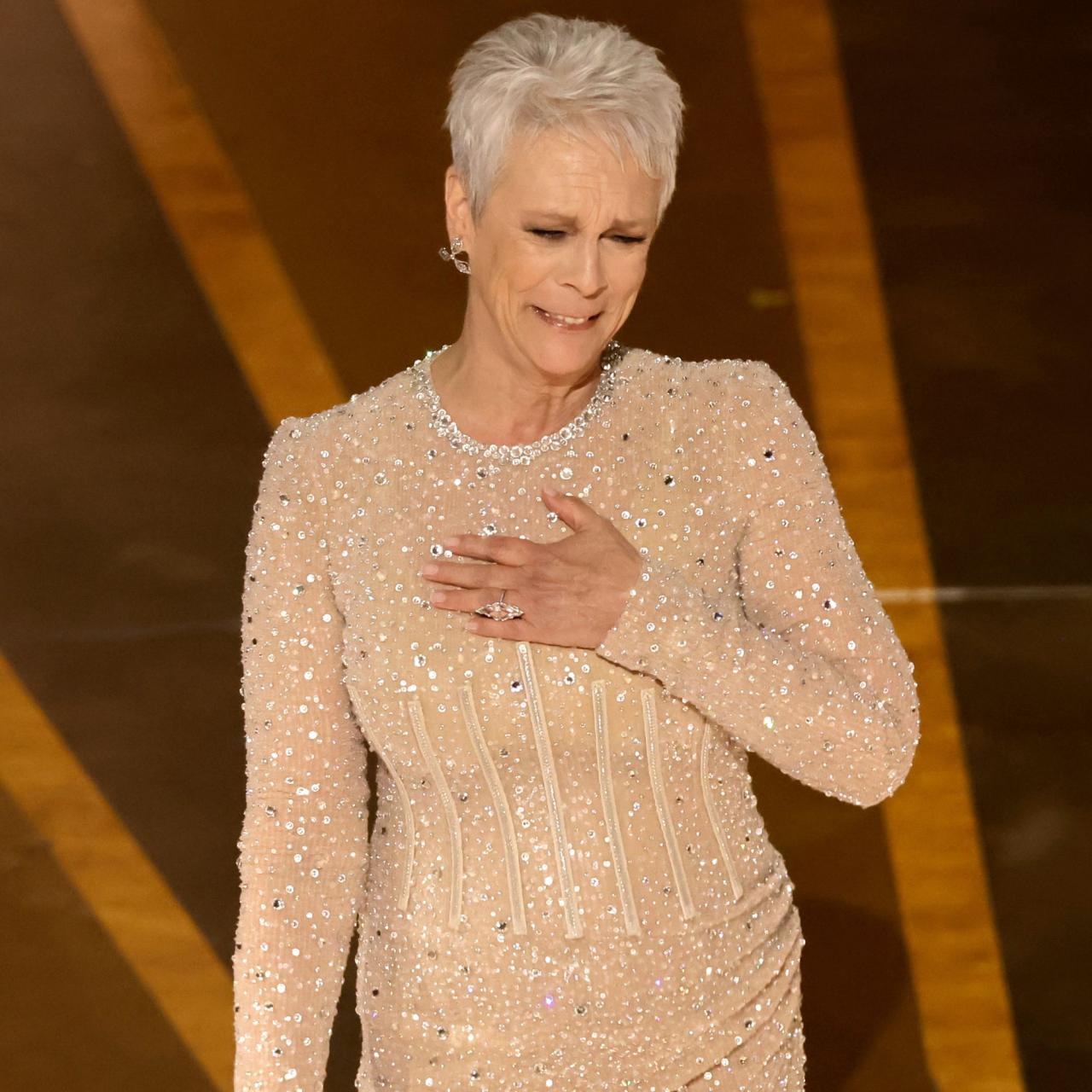Best Fitness Apps for Busy Moms are essential tools designed to help mothers maintain their health and fitness amidst their busy schedules. As mothers juggle multiple responsibilities, finding time for self-care often takes a back seat. These apps provide flexible workout plans, nutritional guidance, and community support, making it easier for moms to prioritize their fitness without compromising their family commitments.
The landscape of fitness technology has evolved significantly, offering applications that cater specifically to the unique challenges faced by busy moms. From quick, effective workouts that can be done at home to meal planning features that simplify healthy eating, these apps empower mothers to integrate fitness seamlessly into their daily lives.
In the realm of contemporary digital communication, the rapid evolution of technology has profoundly reshaped the way individuals and organizations interact. The advent of social media platforms, instant messaging apps, and collaborative tools has created a complex web of communication channels that transcends geographical barriers. This article examines the multifaceted nature of digital communication, its impact on interpersonal relationships, and the implications for businesses in the 21st century.To begin with, it is essential to define digital communication.

At its core, digital communication refers to the exchange of information through digital channels, encompassing both synchronous and asynchronous communication methods. Synchronous communication occurs in real-time, such as video conferencing or live chat, while asynchronous communication allows for delayed interactions, such as emails or forum posts. The integration of multimedia elements, including text, images, audio, and video, further enhances the richness of digital communication.One of the most significant impacts of digital communication is the democratization of information sharing.
Historically, access to information has been constrained by various factors, including socio-economic status, geographical location, and institutional barriers. However, the proliferation of the internet and mobile technology has empowered individuals to disseminate information widely and rapidly. Social media platforms like Twitter, Facebook, and Instagram have become powerful tools for self-expression, enabling users to share their thoughts, experiences, and opinions with a global audience.Additionally, the rise of user-generated content has revolutionized the way information is created and consumed.
Blogs, vlogs, and online forums have given rise to a new generation of content creators who challenge traditional media narratives. This shift has fostered a culture of participation and engagement, as individuals increasingly seek to contribute to discussions on topics that matter to them. The implications of this trend are profound; it highlights the importance of critical thinking and media literacy in navigating the vast landscape of digital information.Moreover, digital communication has facilitated the establishment of virtual communities that transcend physical boundaries.
These online spaces allow individuals with shared interests and experiences to connect, collaborate, and support one another. Communities centered around hobbies, professional interests, or social causes can flourish in the digital realm, fostering a sense of belonging and collective identity. Research has shown that such communities can play a vital role in individuals’ mental health and well-being, providing emotional support and reducing feelings of isolation.However, while digital communication offers numerous advantages, it is not without its challenges.
One prominent issue is the phenomenon of cyberbullying, which has emerged as a significant concern in the digital age. The anonymity afforded by online interactions can embolden individuals to engage in harmful behavior, leading to severe consequences for victims. Moreover, the 24/7 nature of digital communication can create a sense of pressure to be constantly connected, contributing to stress and burnout.
The impact of digital communication extends beyond individual interactions; it also has profound implications for businesses. In the corporate world, effective communication is paramount to success. Organizations increasingly leverage digital tools to enhance collaboration, streamline workflows, and engage with customers. Platforms like Slack, Microsoft Teams, and Zoom have become staples of modern workplaces, enabling teams to collaborate seamlessly regardless of their physical locations.Furthermore, digital communication plays a crucial role in shaping brand image and customer relationships.
Social media has transformed the way businesses interact with their customers, providing a platform for real-time feedback and engagement. Companies that embrace digital communication strategies can build stronger relationships with their customers, fostering loyalty and trust. However, the public nature of online interactions also means that negative feedback can spread rapidly, highlighting the need for businesses to be proactive in managing their online presence.In addition to enhancing communication within organizations, digital tools have also revolutionized marketing strategies.
Content marketing, social media advertising, and influencer partnerships have emerged as powerful ways to reach target audiences. The ability to analyze data and track user behavior allows businesses to tailor their messaging and improve their return on investment.Despite its numerous advantages, the reliance on digital communication raises concerns about privacy and data security. As individuals share personal information and engage with digital platforms, they become vulnerable to data breaches and misuse of information.
Companies must prioritize cybersecurity measures to protect user data and maintain customer trust. Furthermore, individuals should be educated about the importance of safeguarding their personal information online.The ongoing evolution of digital communication continues to shape societal norms and expectations. As technology advances, new forms of communication will emerge, requiring individuals and organizations to adapt. The proliferation of artificial intelligence and automation is already beginning to influence how we communicate, with chatbots and virtual assistants becoming commonplace in customer service interactions.
Looking ahead, the future of digital communication will likely be characterized by even greater integration of technology into our daily lives. As augmented reality (AR) and virtual reality (VR) technologies become more mainstream, the potential for immersive communication experiences will expand exponentially. These innovations may transform not only how we communicate but also how we perceive and interpret information.In conclusion, digital communication is a dynamic and evolving landscape that profoundly impacts our personal and professional lives.
While it offers unprecedented opportunities for connection, collaboration, and information sharing, it also presents challenges that must be navigated carefully. Individuals and organizations alike must prioritize effective communication strategies, embrace digital literacy, and remain vigilant in protecting their privacy and security. As we continue to navigate the complexities of the digital age, fostering meaningful connections and responsible communication practices will be essential in shaping a more inclusive and informed society.













